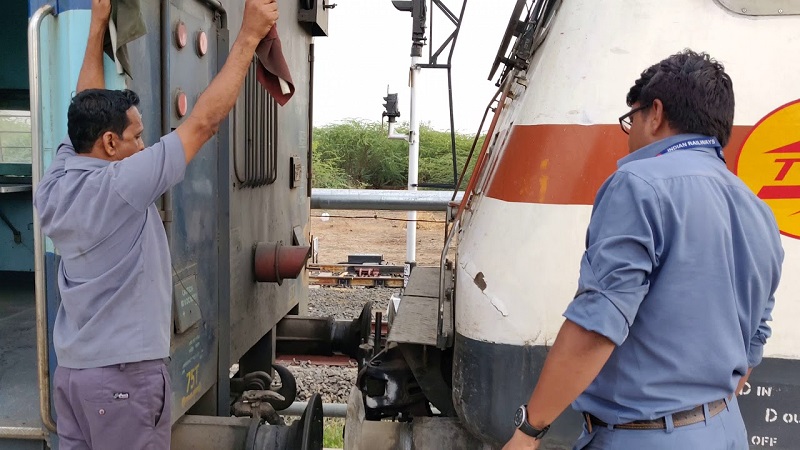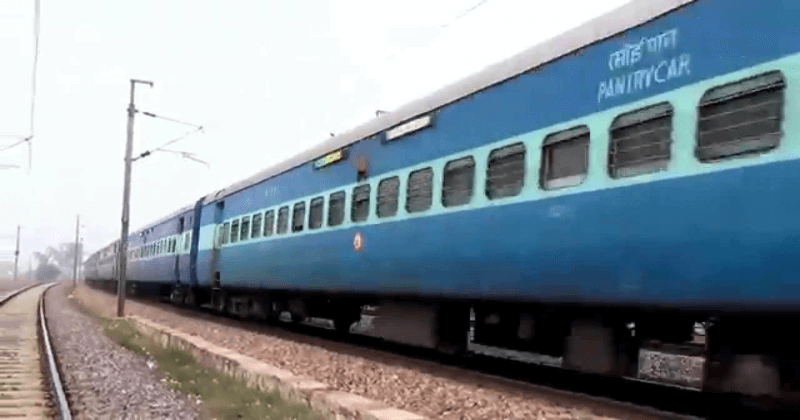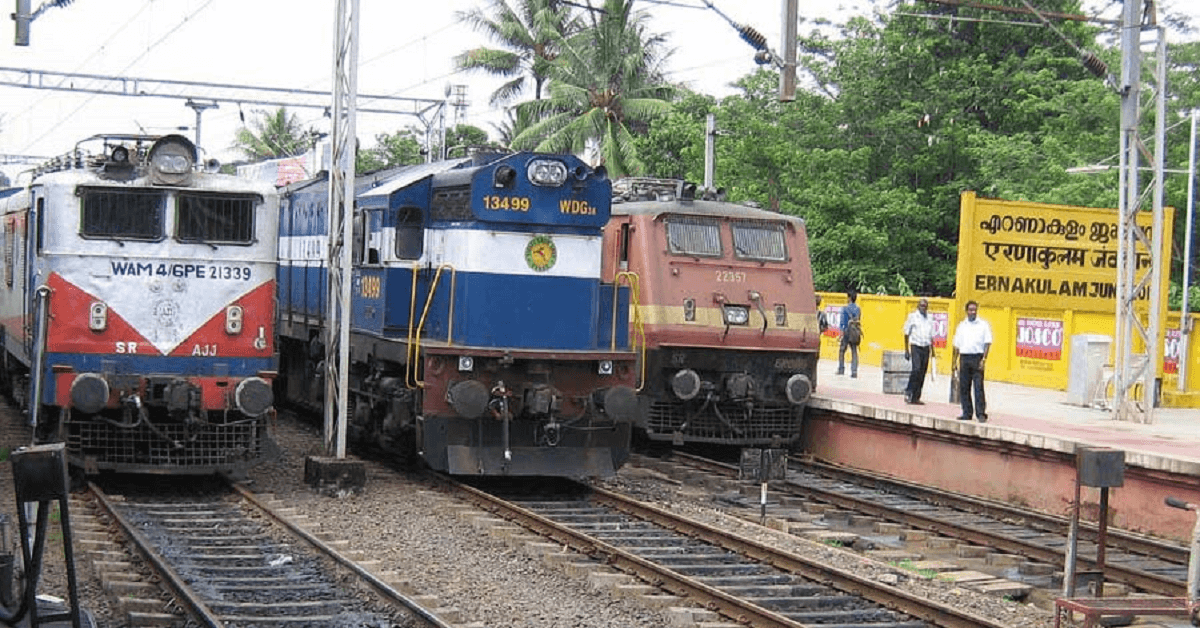
A coupling (or a coupler) is a mechanism for connecting bogies in a train. The design of the coupler is standard, and is almost as important as the track gauge, since flexibility and convenience are maximised if all rolling stock can be coupled together.
The equipment that connects the couplings to the rolling stock is known as the draft gear or draw gear.
The basic type of coupling on Indian railways following is the British tradition of the buffer and chain coupling. A large chain of three links connects hooks on the adjoining wagons.

The simple chain could not be tensioned and this slack coupling allowed a lot of back-and-forth movement and banging between vehicles. Acceptable for mineral wagons, this gave an uncomfortable ride for passenger coaches, and so the chain was improved by replacing the centre link with a turnbuckle that draws the vehicles together, giving the screw coupling.
A simplified version of this, quicker to attach and detach, still used three links but with the centre link given a T-shaped slot. This could be turned lengthwise to lengthen it, allowing coupling, then turned vertically to the shorter slot position, holding the wagons more tightly together.

The earliest ‘dumb buffers’ were fixed extensions of the wooden wagon frames, but later spring buffers were introduced. The first of these were stiff cushions of leather-covered horsehair, later steel springs and then hydraulic damping.

Post Your Comments